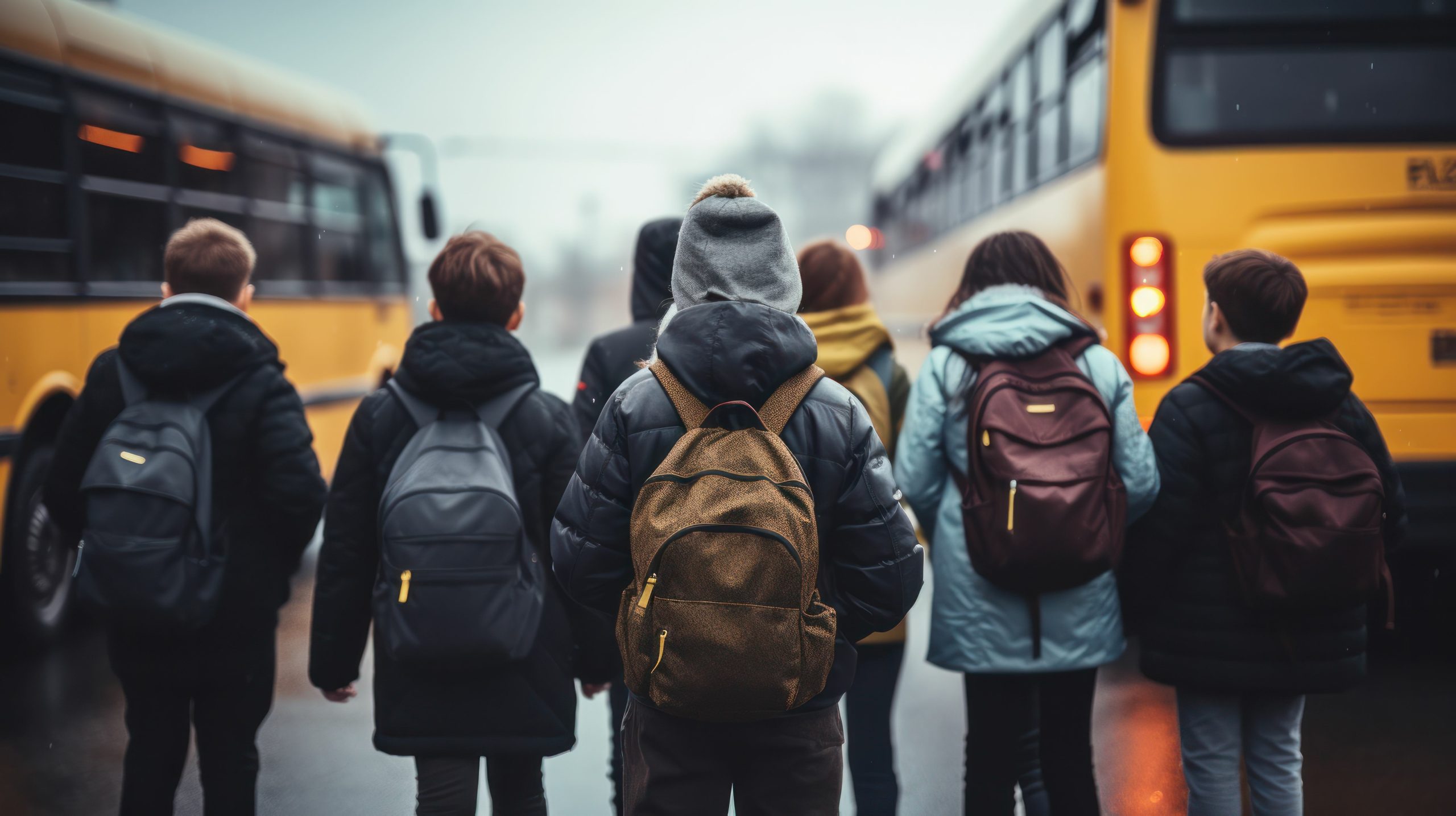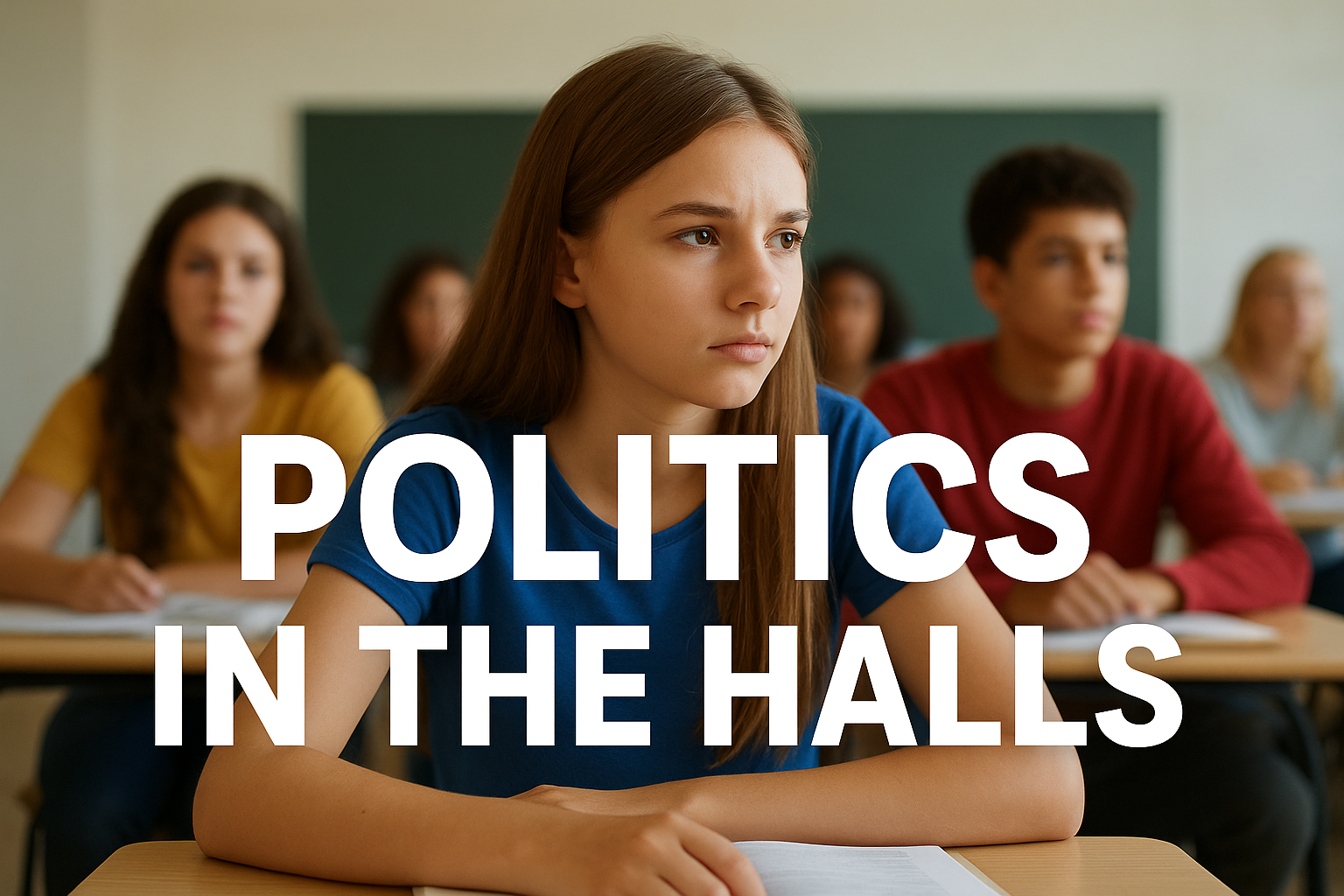

Student Discipline, School Safety, and School Climate: Different, Yet Connected
Student discipline, school safety, and school climate—three pillars of the educational ecosystem that are intricately intertwined yet distinct in their manifestations and implications. Each facet plays a crucial role in shaping the educational experience, fostering an environment conducive to learning, growth, and well-being. In this article, we explore the interconnections and nuances of these essential components and their collective impact on the school community.
At the heart of student discipline lies the question: do the kids behave? It’s a query that permeates every corner of the educational landscape, reflecting not just individual behavior but also broader systemic challenges. Discipline issues, from minor disruptions to more serious infractions, can disrupt the learning environment, undermine teacher efficacy, and erode the sense of safety and order within the school. When teachers find themselves inundated with disciplinary issues, it can evoke a sense of “losing the battle” against unruly behavior, highlighting the need for comprehensive strategies to address underlying issues and promote positive behavior management techniques.
School safety emerges as a paramount concern, transcending the confines of the classroom to encompass the broader physical and psychological well-being of students and staff. While achieving absolute safety may be an elusive ideal, schools must have robust protocols and policies in place to mitigate risks and respond effectively to safety concerns. Collaboration between School Resource Officers (SROs) and administrators is instrumental in ensuring a proactive approach to safety, with a focus on prevention, preparedness, and response to emergencies such as lockdowns and evacuations. By prioritizing the safety of all individuals within the school community, schools create an environment where students can learn and thrive free from fear or apprehension.
Complementing the domains of student discipline and school safety is the concept of school climate—the overarching ethos that defines the culture, atmosphere, and sense of belonging within a school. A positive school climate is characterized by a safe, inclusive, and supportive environment where students and staff feel valued, respected, and engaged. Metrics such as climate surveys, student and staff attendance rates, and suspension data offer insights into the overall health of the school climate, reflecting the collective perceptions and experiences of the school community. A nurturing school climate fosters academic achievement, social-emotional well-being, and positive relationships, serving as a cornerstone of educational excellence.
In essence, student discipline, school safety, and school climate are not disparate entities but interconnected dimensions of the educational landscape. By addressing the complex interplay between behavior management, safety protocols, and school culture, educators can create learning environments that promote academic success, social-emotional growth, and holistic well-being for all members of the school community. As we navigate the nexus of these essential elements, let us uphold the principles of equity, empathy, and empowerment, ensuring that every student has the opportunity to thrive in a safe, supportive, and inclusive educational environment.
Dig Deeper With Our Longreads
Newsletter Sign up to get our best longform features, investigations, and thought-provoking essays, in your inbox every Sunday.
The MEN was founded by John Huber in the fall of 2020. It was founded to provide a platform for expert opinion and commentary on current issues that directly or indirectly affect education. All opinions are valued and accepted providing they are expressed in a professional manner. The Maryland Education Network consists of Blogs, Videos, and other interaction among the K-12 community.








